Jim Corbett Tourism
Jim Corbett Tourism is a forested wildlife sanctuary in northern India’s Uttarakhand State. Rich in flora and fauna, it’s known for its Bengal tigers. Animals, including tigers, leopards and wild elephants, roam the Dhikala zone. On the banks of the Ramganga Reservoir, the Sonanadi zone is home to elephants and leopards, along with hundreds of species of birds. The natural uniqueness of the area was recognized long ago as a result of which in 1936 Corbett attained the distinction of becoming the first National Park to be established in mainland Asia. The park was then named as the ‘Hailey National Park’ and was later renamed as ‘Corbett National Park’ after James Edward Corbett the noted hunter turned conservationist of the area. The area came under ‘Project Tiger’ in 1971 when Gov. of India launched this ambitious conservation project.
Jim Corbett Tiger Reserve If we talk about geographical and ecological characteristics so Jim Corbett National Park is situated at Himalayan foothills which are wildlife, and ecotourism destinations for wildlife tour and travel lovers. Corbett has 488 species of plants, shrubs, and a different verity if fauna which attracts a lot of tourists, The tiger population in the Corbett National Park has risen from 178 in 2006, 227 in 2010, 340 in 2014, and 442 in 2018.
Corbett has been the best destination for wildlife lovers but the Corbett administration allowed eco-tourism in only some and selected areas. wildlife lovers get chances to perceive and see the beautiful landscape of Corbett Tiger Reserve. If we talk about the last few years so the number of tourists has been increasing for a long time and it crosses the level of 70000 in season. Jim Corbett National Park is open for tourist November to June but Dhela Zone and Jhirna Zone is open round the year. There are 30 jeep safaris in the morning and evening time. So sometimes it is impossible to get a safari pass that's why wildlife lovers booked safari pass before 30 days. The Park is spread over 520.8 km2 which includes hill, marshy depressions, grasslands, one big lake, and 3 rivers. In Corbett, winter is too cold at night but the day is full of sun and bright, rain starts from July to September.
Corbett is covered with lush green dense forest which includes sal, mango, peepal, Rohini, and haldu trees. In this park forest has covered most of the area (73%), Grasslands are spread in (10%) area of this park. Jim Corbett National Park has 110 species of trees, some 50 species of mammals, 588 species of birds, and 25 reptile species.
-
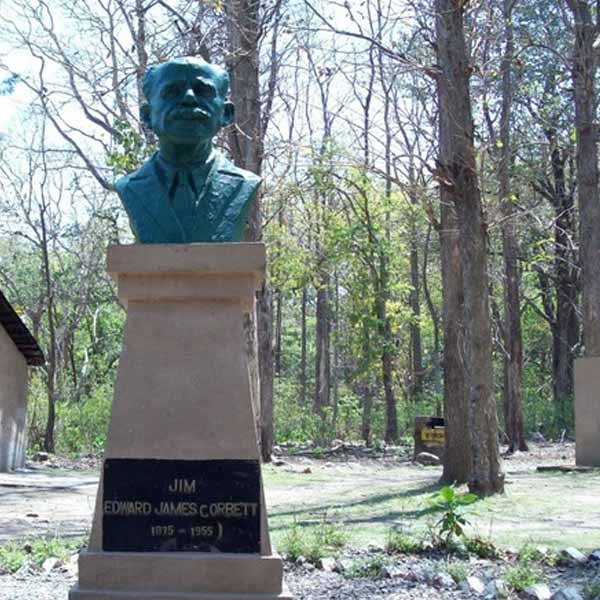
Corbett National Park History
-
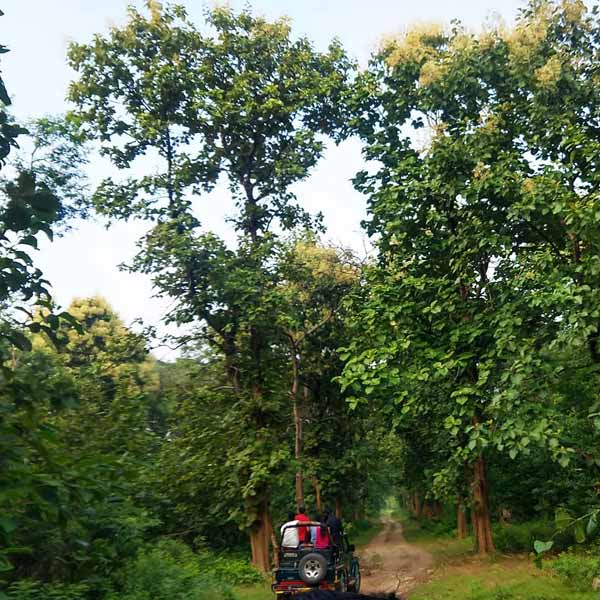
Best Time To Visit Corbett
-

Forest Lodges in Corbett Park
-
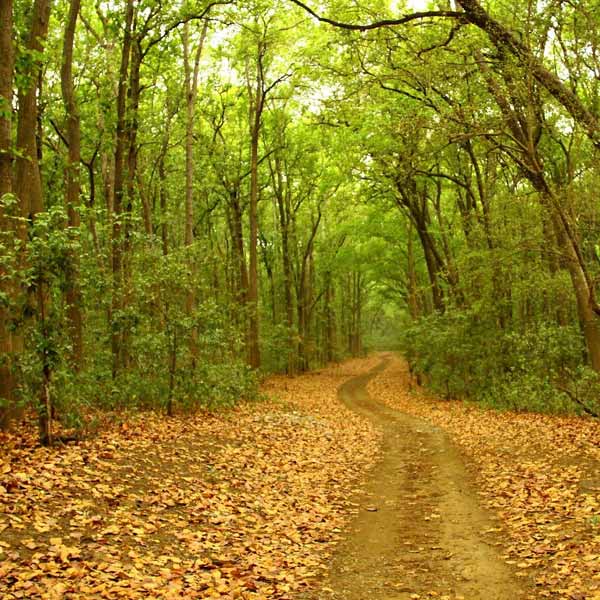
Corbett Flora and Fauna
-

Corbett Dhikala Canter Safari
-
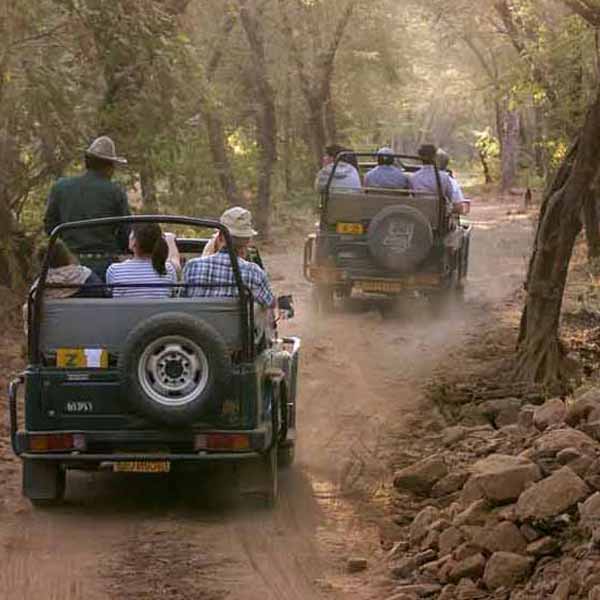
Corbett Jeep Safari Booking
-

Jim Corbett Resort Booking
-

Jim Corbett Zones
-
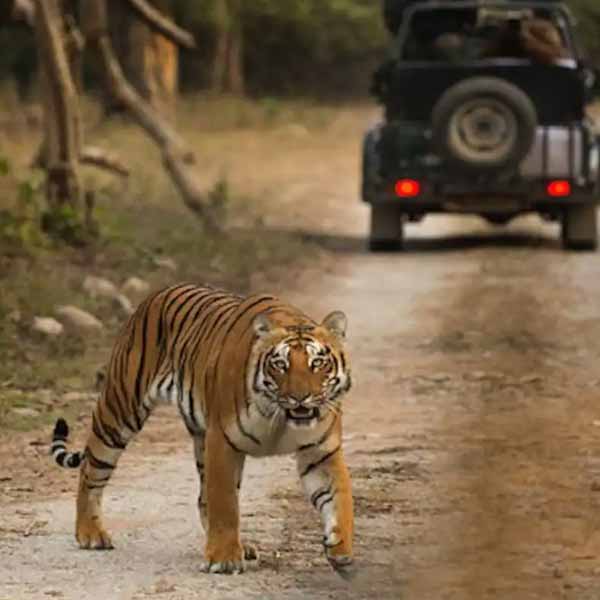
Jim Corbett How to Reach
-
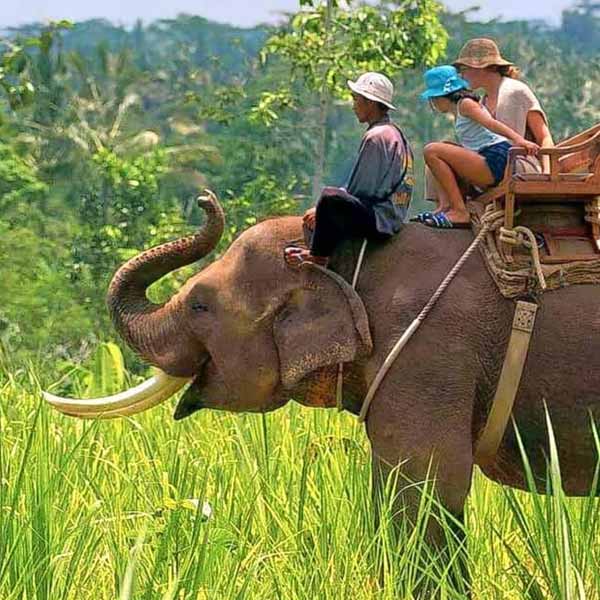
Corbett Elephant Safari
-
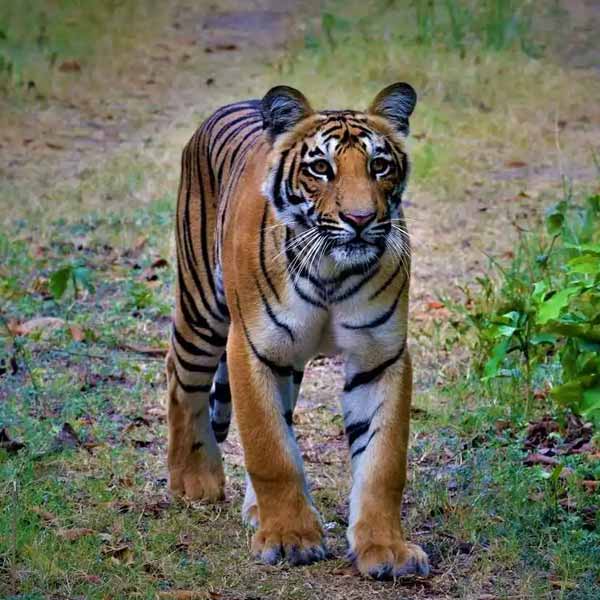
Safari Timings in Corbett
-

Places to see at Corbett
 +91 9799050299
+91 9799050299 

